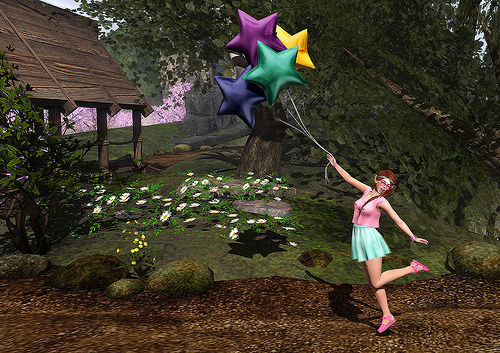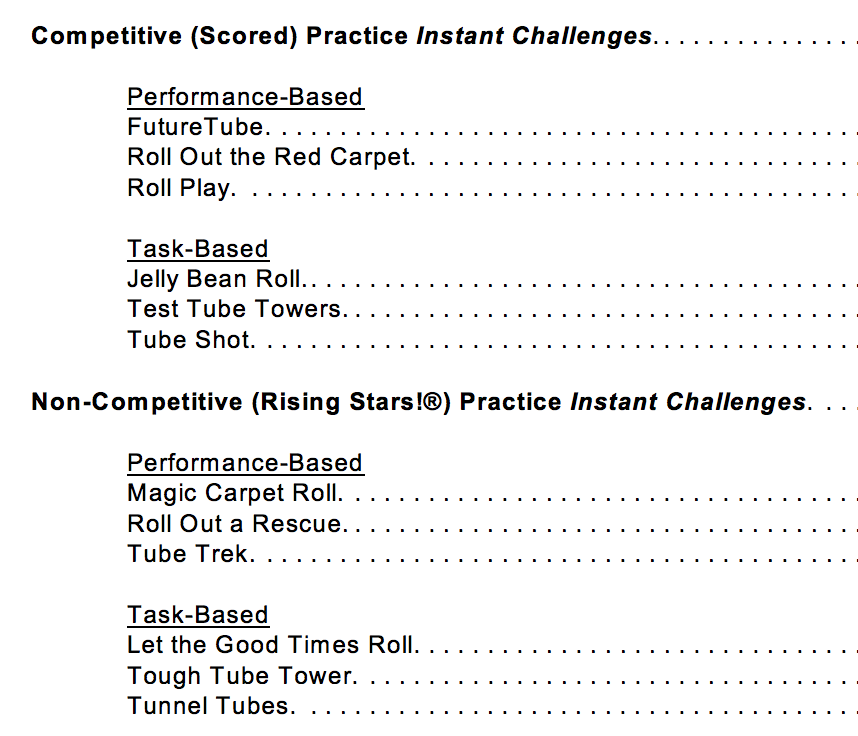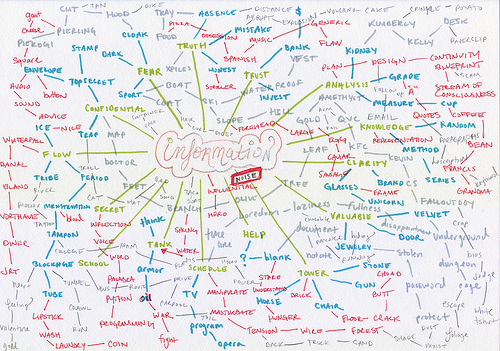Whether you’ve been blogging for years or are a relative newcomer to the blogging scene, the challenge is the same: coming up with a foolproof way to begin writing a post. I took a few months off from blogging earlier this year, while I was undergoing cancer treatments, but when I returned to blogging, that white desktop screen was a bit daunting. Here are three ways I jump start my own posts that you may find helpful.

Respond to what you read
Writers generally have more to say when they do something outside of writing, whether that’s visiting the state fair, learning how to surf, attending a play, reading a book, or doing anything else. Lori Lake, in Quick Ways to Jump-Start Your Writing, says you can find topics anywhere—the newspaper, television, overheard conversations, the radio, and so on. “Start making a quick list throughout the day,†she says, “about anything that strikes you . . .â€
One of the best ways I come up with a blog post idea is by responding to a book, magazine article or blog post I have read, or to a comment on one of my own posts. This post, in fact, is a response to a recent comment from a reader who said she simply needs to “. . . begin something—anything at all to get the ball rolling.â€
Are there certain types of articles or posts to which you’re drawn? Likely these are the same topics that will inspire you to write. Cover a different angle about the same topic, or expand on one of the points you’ve read. Argue a different point of view, or cite reasons why you agree, and provide evidence. Invite others’ opinions, cite others’ opinions, and respond to one or more of these points of view. For myself, I’m drawn to such topics as writing, creativity, crafts and mindfulness. What reading topics draw your attention? That’s your starting point.

Begin with the title
When I used to write Instant Challenges (on-the-spot creative problem-solving exercises) for Iowa’s Destination Imagination program, my writing team identified a theme, and then brainstormed titles to correspond with it. One year we had an abundance of toilet paper rolls to use as working materials, so “roll†became our theme, and the Instant Challenges were generated from roll-themed titles.

Blog posts can begin exactly the same way. Identify a theme you want to address, and then begin brainstorming titles. If you’re stumped, use a list of title starters, such as April Bowles-Olin’s 75 Done-For-You Blog Post Title Templates, posted on her blog, Blacksburg Belle. Here’s an example of how this might work for a fellow Blogging Business Artisans teammate, Sharla, whose Beaded Tail blog posts are written in the person of her cats, Angel and Isabella. The cats refer to Sharla as “Mommy.†Some of Sharla’s beaded jewelry designs feature an animal theme, and one of the causes she supports is animal awareness, especially for animals with special needs. Using April Bowles-Olin’s templates, here are some potential titles Sharla might use to begin several posts:
- Template: Why You Should __________ Today;Â Blog Post Title: Why You Should Support Your Local Animal Shelter Today
- Template: Behind the Scenes of __________; Blog Post Title: Behind the Scenes of Mommy’s Bead Studio
- Template: The Right Way to __________; Blog Post Title: The Right Way to Feed Your Cat’s Curiosity
- Template: The ABCs of __________;Â Blog Post Title: The ABCs to Building a Purr-fect Playground
- Template: __________ Tricks to __________;Â Blog Post Title: Clever Tricks to Wrap Mommy Around Our Tails
Beginning a post with a title not only helps you to write the content of the post, but is also an attention-getter. “Titles matter more than most people realize,†writes April. “It’s really the ONLY thing that matters when you’re trying to get people to click to read the blog post.â€
Draw a mind map
When you aren’t getting anywhere with topic and title lists, you may discover that a visual approach to brainstorming is helpful. Vicki Meade, in How to Use Clustering to Jump Start Your Writing, points out that one of the best ways to come up with ideas and find a direction for a writing piece is clustering, also referred to as mind mapping. “Clustering is a powerful tool,†Vicki writes, “because it taps into the right brain, which drives creativity. Our right brain is where fresh ideas and original insights are generated. The left brain, in contrast, is more logical and orderly.†Being left-brained or right-brained, of course, has no basis in scientific fact, as both sides of our cerebral cortex are involved in creativity, but left and right brain terminology does describe people’s inclinations and resulting behaviors. Sometimes we get caught up in criticizing our initial ideas so much that we stem the flow of our own creativity. This results in what is commonly referred to as writer’s block.
The way that clustering, or mind mapping, works is through the process of free association, using word-and-image connections. You begin by identifying a word, phrase or image that represents a central idea. You circle that word or phrase, and then add any words, phrases or images that come to mind after that, circling and connecting them with lines to the original circle. These words or phrases may also suggest other ideas to you, so you continue the process of jotting them down or drawing them, circling them, and attaching lines between circles to suggest connected ideas. There is really no right or wrong way to do this. If you wish, use colored pencils or markers, and use squares, triangles and other shapes, in addition to circles. Stop when you’ve either filled the working space, or when you can no longer think of connections. Keep in mind that your working space could also be a dry erase board or even a wall on which you adhere sticky notes. When you’re finished, look at related ideas and group them together to establish the focus of your post. Finally, begin writing. Make sure you don’t stop along the way to edit your post. When the post is finished, return to your post to correct grammar, punctuation and syntax, and to add images and needed links.

A great resource for discovering how to use mind mapping is Tony Busan’s book, The Ultimate Book of Mind Maps, which focuses on paper-and-pen methods. Truthfully, I prefer to use paper-and-pen, but if you’d like to preview an electronic method of mind mapping, the six-and-a-half minute video below of iMindMap, admittedly an older video, provides a great sneak peek into electronic mind mapping principles in general.
Some of the advantages to using mind mapping software are that you can save, print, edit and share your mind map. There are many applications that you can use on the Web or on your mobile devices. Ideally, mind mapping software should sync between Web and mobile devices. You can refer to the list below to compare apps. Consider that a free app will have fewer features than a purchased one, but that there may be an option to upgrade to a full-featured version for a reasonable fee.
- 11 Free Mind Mapping Applications & Web Services
- 8 Free Mind Maps Tools & How to Best Use Them
- 15 Best Brainstorming and Mind-Mapping Tech Tools For Every Creative Mind
Obviously, there are more than three ways to jump start your blogging than the ones I’ve outlined in this post, but I have found these methods to be personally useful. What are your favorite methods of kickstarting a blog post?
© 2016 Judy Nolan. All rights reserved.

Thank you for such an insightful article explaining the “how to’s” of writing. So often we have many ideas floating in our heads; it is where to begin that stumps many. Your idea of taking a main word or thought, and from there work outwards with words that expand your thought process.
After reading your helpful suggestions, I am sure we may just get a lot more writers to begin their dream.
Some great ideas Judy! awesome post
That mind mapping thing looks cool! And those are fun cat-themed blog post titles. I’m sure there would be plenty of ideas and cute pictures for “Clever tricks to wrap Mommy around our tails” if she”/they” decided to write that post!
Great tips Judy especially the titles for posts using my blog as an example! So often my blog posts begin with whatever set of photos I’m abel to get. At first it was easier for me to post with my pets talking instead of me but that’s when Sadie was here. Now with two cats, it’s not so easy! Especially with a cat that sleeps 14 hours a day! I’ll use your tips and see if I can go about posts another way and get photos that support an idea I have and not just based on what the cats do! Great post though!